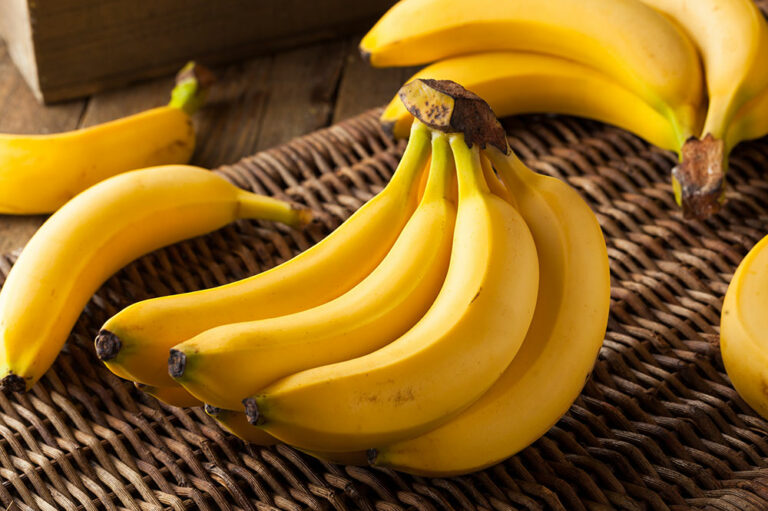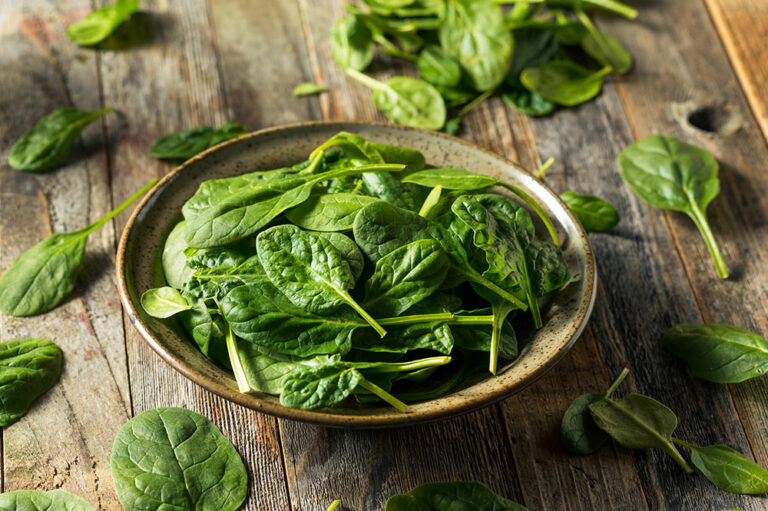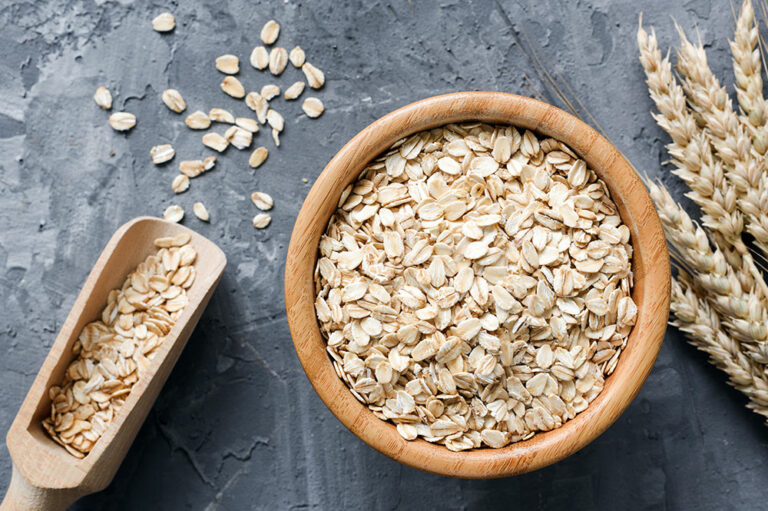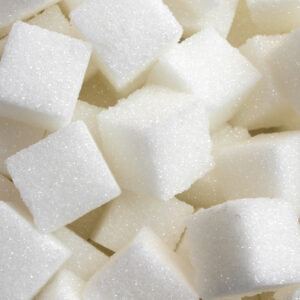
5 signs of osteoporosis that shouldn’t be ignored
Osteoporosis (OP) is a health condition where the bones become weak and susceptible to unprecedented fractures. This health condition affects around 10 million people aged 50 or above. There are treatments and lifestyle changes to cope with the condition. Several osteoporosis symptoms go undetected until a later stage, often until a fracture. Therefore, learning about these uncommon, rarely noticed signs of osteoporosis may help one fight the condition effectively. Receding gums The teeth in the human body are linked to the jawbone. So if someone is affected by osteoporosis, they might start losing bones, thus causing the gums to recede. The loss of bone density can also make it easier for bacteria to penetrate and affect the bone, thus leading to gum disease. Weak, brittle fingernails Weak or brittle fingernails may develop because of several factors, including regular gardening, swimming, and other activities. However, people with OP may also develop brittle or weak nails. Genetics Sometimes people with a family history of osteoporosis are also likely to develop the condition. The risk is higher if the mother or father has fractured a hip due to low bone density. Loss of height An individual may start losing a little height as they age.
Read More 











